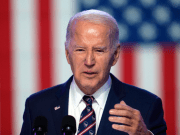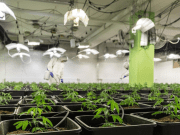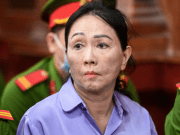While Japan was spared from the drastic surge of coronavirus cases seen in the United States, Italy and other countries, it is still alarmed as the new rates of infection has been increasing in its capital city Tokyo.
Prime Minister Shinzo Abe said that this situation triggers him to officially declare a month-long state of emergency for Tokyo, as well as its neighboring prefectures, Osaka, Hyogo and Fukuoka.
On Monday, the premier has already unveiled an unprecedented stimulus package worth $989 billion (108 trillion yen) in a bid to rescue the world’s third largest economy.
Analysts said that the package turned out way higher than what they anticipated and is so far the biggest ever stimulus launched by the Japanese government since the 2008 global financial crisis.
Masaki Kuwahara, a senior economist at Nomura Securities, said the massive spending give a sense of security for millions of people who are facing salary declines and staying indoors to contain the deadly virus.
“There may be a limited impact on stimulating consumption given many people are refraining from going shopping…But it could prevent a second-round effect on aggravating the economy,” he said.
Aside from the cash handouts that will be given to households and small firms, the government also aims to stop job losses and bankruptcies during the first round of aid. A V-shaped economic recovery is targeted at the second phase of the package
Economic experts say that Japan’s economy is heading for a recession this year with the summer Olympics cancelled, trade markets incapacitated, and the nation’s capital confronting the possibility of more grounded stay-at-home demands.














